Breadcrumb
Hidden anchor: Providing physical layer location privacy in hybrid wireless sensor networks
In many hybrid wireless sensor networks (HWSNs) applications, sensor nodes are deployed in hostile environments where trusted and un-trusted nodes co-exist. In such hybrid networks, it becomes important to allow trusted nodes to share information, especially, location information and, at the same time, prevent un-trusted nodes from gaining access to this information. We focus on anchor-based localization algorithms in HWSNs, where a small set of specialized nodes, i.e. anchor nodes, broadcast their location to the network and other nodes can use the broadcast information to estimate their own
Synthetic generation of radio maps for device-free passive localization
In this paper, we present the design, implementation, and evaluation of a system that automatically constructs accurate radio maps for device-free WLAN localization systems. The system is capable of generating deterministic and probabilistic radio maps for localization systems. Our system uses 3D ray tracing enhanced with the uniform theory of diffraction (UTD) to model the electric field behavior and the human shadowing effect. We present our system architecture and describe the details of its different components. We also propose an optional module, location-0 correction, that can
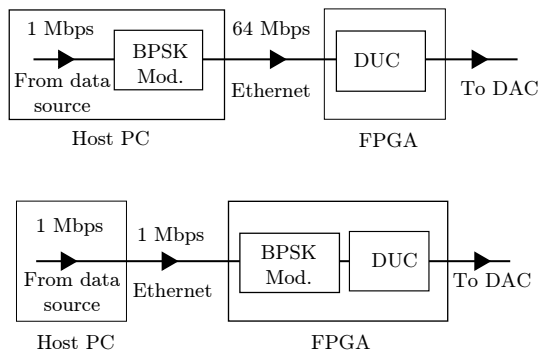
Maximizing USRP N210 SDR transfer rate by offloading modulation to the on-board FPGA
One of the challenges of the design of Software Defined Radios (SDR) is to maintain a high level of reconfigurability without sacrificing data rates. In this paper, we consider the USRP N210, which is an SDR kit made by Ettus Research. It consists of an FPGA connected to an RF front-end. The USRP is operated by a host computer where most of the processing is done while the FPGA is used mainly to control the RF front-end, manage communication with the host, and convert sample rates. The maximal rate supported by the USRP hardware can not be practically achieved due to the bottleneck in the data
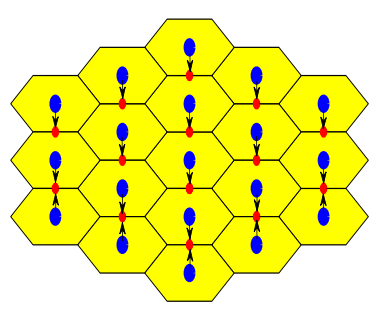
Maximizing the signal to leakage ratio in downlink cellular networks
A transmission scheme is developed for the downlink frame of cellular networks. While the mobile stations (MSs) maximize the signal power from the serving base station (BS), each BS aims at balancing the signal power of its users with the interference caused at the MSs of the neighboring cells, based on an approximated performance metric. A closed form solution for the beamforming vectors of the BSs and the MSs is derived. Simulation results show that the proposed scheme achieves substantial gains for different antenna configurations, outperforming well-known schemes in the literature. © 2013
Symbol based log-MAP in concatenated LDPC-convolutional codes
In this paper we study the use of a high rate Low Density Parity Check (LDPC) codes in concatenated coding structures. Specifically, we use the LDPC code as an outer code, with a convolutional code as an inner code. We decode the convolutional code using a symbol based Log-MAP (Maximum a posteriori probability) decoder, and feed the soft outputs of this decoder into a non-binary Galois Field LDPC decoder. We compare this concatenation scheme using 16 QAM modulation with one using a bit based Log-MAP decoder over Additive White Gaussian Noise (AWGN) and Stanford University Interim (SUI-3)
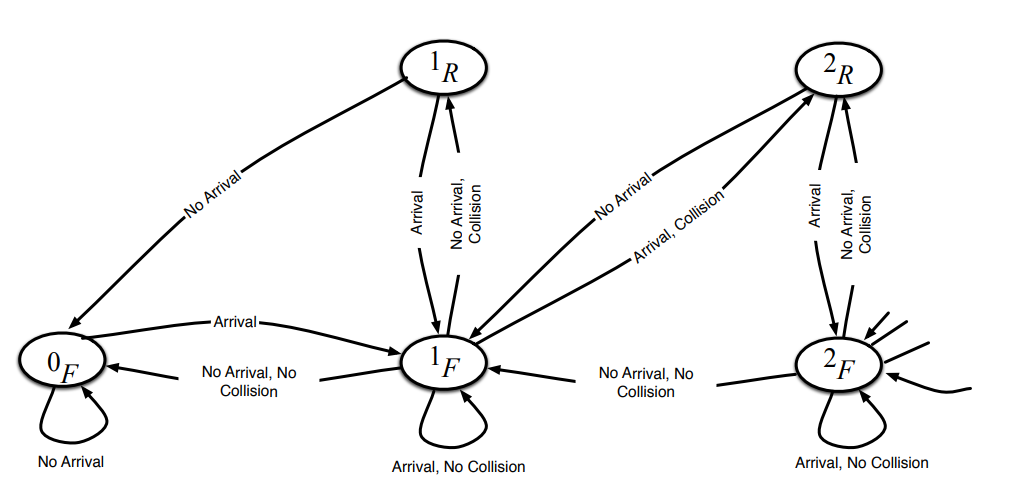
A reinforcement learning approach to ARQ feedback-based multiple access for cognitive radio networks
In this paper, we propose a reinforcement learning (RL) approach to design an access scheme for secondary users (SUs) in a cognitive radio (CR) network. In the proposed scheme, we introduce a deep Q-network to enable SUs to access the primary user (PU) channel based on their past experience and the history of the PU network's automatic repeat request (ARQ) feedback. In essence, SUs cooperate to avoid collisions with other SUs and, more importantly, with the PU network. Since SUs cannot observe the state of the PUs queues, they partially observe the system's state by listening to the PUs' ARQ
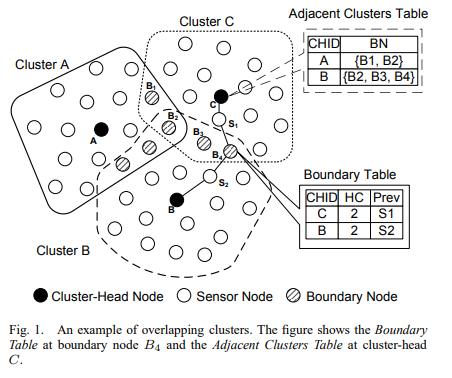
Overlapping multihop clustering for wireless sensor networks
Clustering is a standard approach for achieving efficient and scalable performance in wireless sensor networks. Traditionally, clustering algorithms aim at generating a number of disjoint clusters that satisfy some criteria. In this paper, we formulate a novel clustering problem that aims at generating overlapping multihop clusters. Overlapping clusters are useful in many sensor network applications, including intercluster routing, node localization, and time synchronization protocols. We also propose a randomized, distributed multihop clustering algorithm (KOCA) for solving the overlapping
Feedback-based access schemes in CR networks: A reinforcement learning approach
In this paper, we propose a Reinforcement Learning-based MAC layer protocol for cognitive radio networks, based on exploiting the feedback of the Primary User (PU). Our proposed model relies on two pillars, namely an infinite-state Partially Observable Markov Decision Process (POMDP) to model the system dynamics besides a queuing-theoretic model for the PU queue, where the states represent whether a packet is delivered or not from the PU's queue and the PU channel state. Based on the stability constraint for the primary user queue, the quality of service (QoS) for the PU is guaranteed. Towards

Interference alignment for secrecy
This paper studies the frequency/time selective K-user Gaussian interference channel with secrecy constraints. Two distinct models, namely the interference channel with confidential messages and the interference channel with an external eavesdropper, are analyzed. The key difference between the two models is the lack of channel state information (CSI) of the external eavesdropper. Using interference alignment along with secrecy precoding, it is shown that each user can achieve non-zero secure degrees of freedom (DoF) for both cases. More precisely, the proposed coding scheme achieves K-2/2K-2
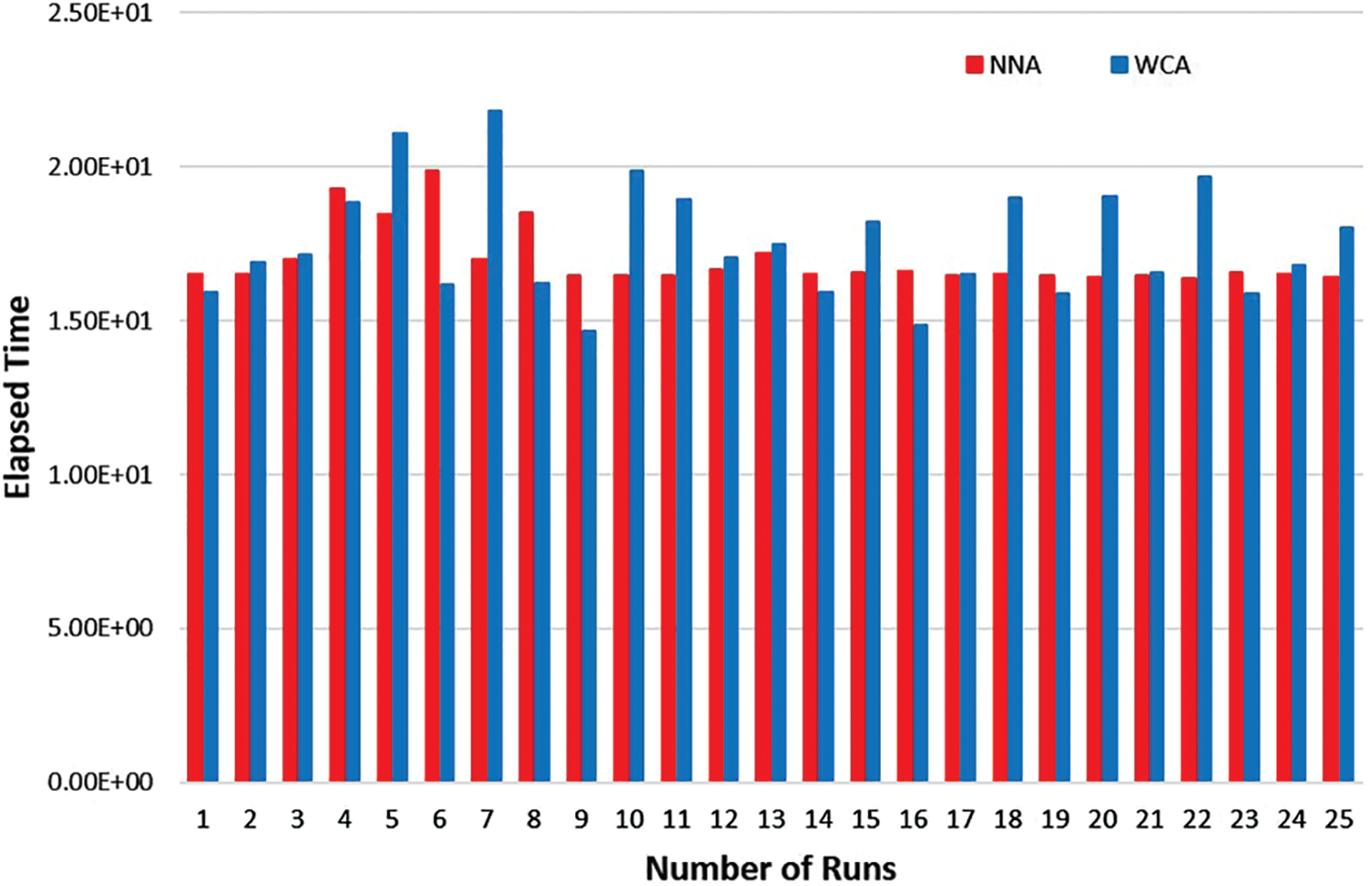
An artificial intelligence approach for solving stochastic transportation problems
Recent years witness a great deal of interest in artificial intelligence (AI) tools in the area of optimization. AI has developed a large number of tools to solve the most difficult search-and-optimization problems in computer science and operations research. Indeed, metaheuristic-based algorithms are a sub-field of AI. This study presents the use of the metaheuristic algorithm, that is, water cycle algorithm (WCA), in the transportation problem. A stochastic transportation problem is considered in which the parameters supply and demand are considered as random variables that follow the
Pagination
- Previous page ‹‹
- Page 15
- Next page ››
